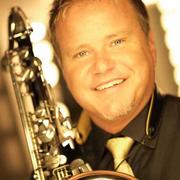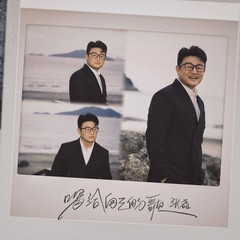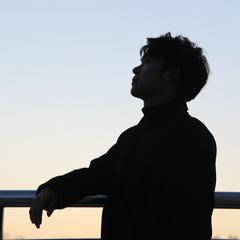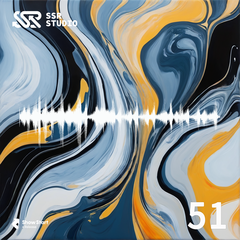Euge Groove
1962年出生在美国马里兰州的一个小城市,他的家庭也是一个音乐之家, 他的母亲是一个钢琴家,从小也教他学习钢琴的演奏。而到了小学五年级,Euge Groove才开始学习SAX的演奏,而且从师于当地的名家Galen Reeder。随后他又进入迈阿密大学学习音乐,学习古典音乐,但在大学期间, Euge多次参与各种爵士团体,担当SAX手。大学毕业以后,他便跟随他的一位大学同学来到了现代爵士的世界中心落山矶,加入乐团“Tower of Power”。后来,他又为很多当时走红的流行歌手演奏SAX,其中包括1990年的Richard Marx, 并结识的Smooth Jazz大腕Dave Koz. 而整个90年代,Euge Groove都在为那些流行摇滚歌手伴奏,直到2000年,他才发行了他个人第一张专辑《Euge Groove》。by William RuhlmannEuge Groove -- a pseudonym for saxophone journeyman Steve Grove -- began playing piano in the second grade and turned to the saxophone at the age of nine or ten. His teacher gave him a classical education on the instrument, which he followed at the University of Miami's School of Music, where he became interested in jazz. Upon graduation, he initially remained in Miami doing sessions and playing in bands such as Expose, where he can be heard on the group's #1 1987 single "Seasons Change." He then moved to Los Angeles and joined Tower of Power, remaining with the group about four years. Following this experience, he freelanced, doing sessions and working in backup bands, his clients including Joe Cocker, the Eurythmics, the Gap Band, Huey Lewis and the News, Elton John, Bonnie Raitt, Aaron Neville, Eros Ramazotti, and Richard Marx. His saxophone appeared on Marx's Top 20 pop and #1 AC hit "Keep Coming Back" in 1991. At the end of the '90s, Grove developed the persona of Euge Groove, a corruption of his real name, and recorded a demo that attracted the attention of various labels. This demo soon landed him with Warner Bros. Records. Euge Groove, his debut album, was released in May 2000. At the time, the saxophonist toured in Tina Turner's backup band.


 Movin‘ On - Euge Groove
Movin‘ On - Euge Groove




























![[STATION] aespa《Dreams Come True》MV Teaser - aespa (에스파)](https://img2.kuwo.cn/wmvpic/324/79/54/2120387380.jpg?imageView2/1/w/195/h/130/format/jpg/q/60)





